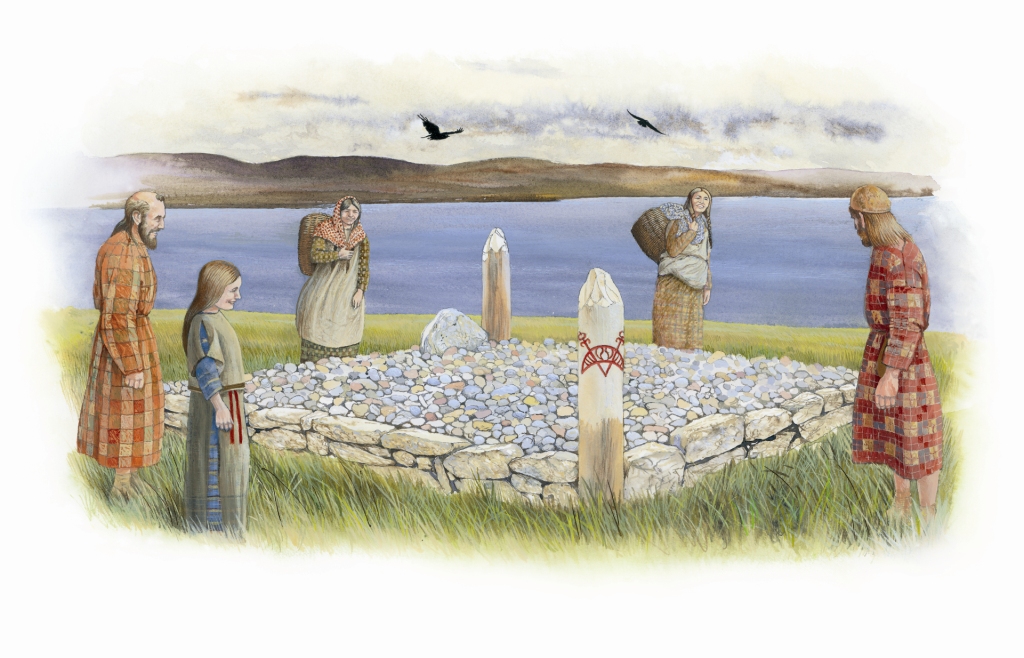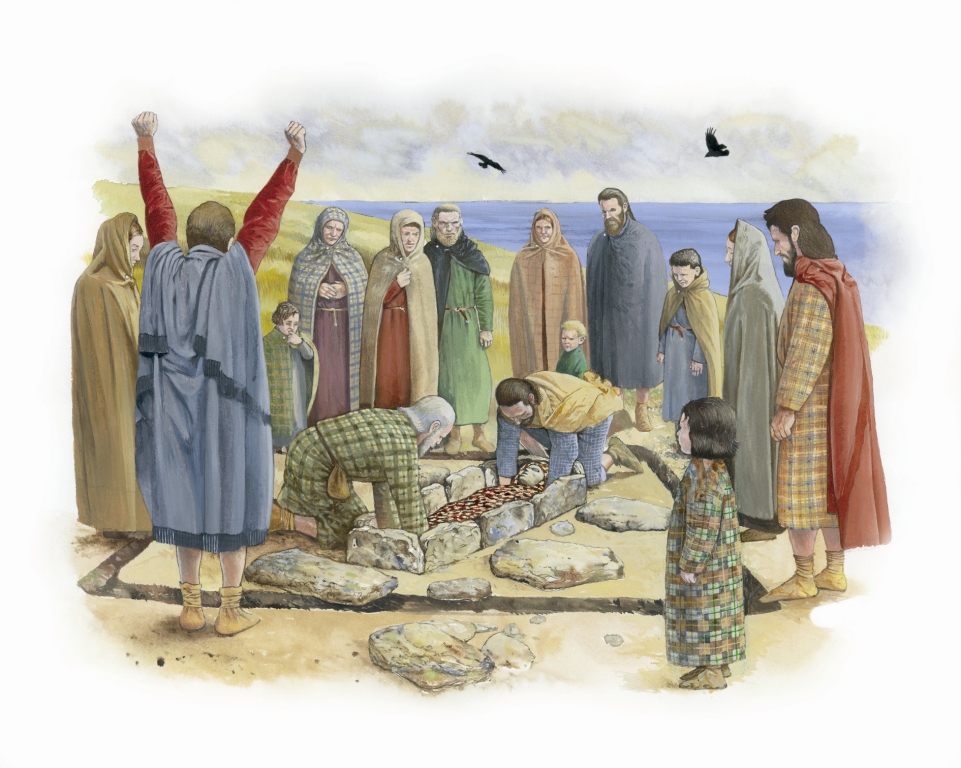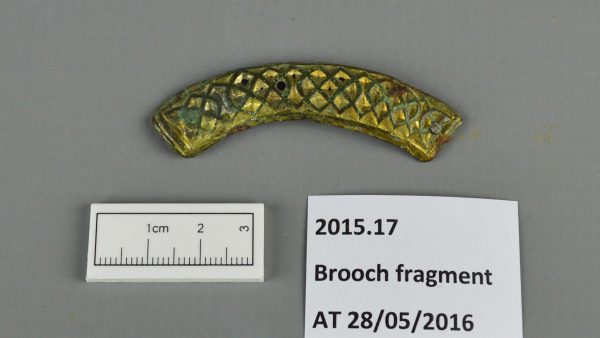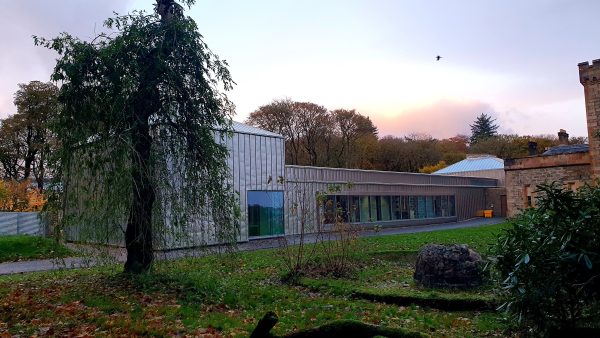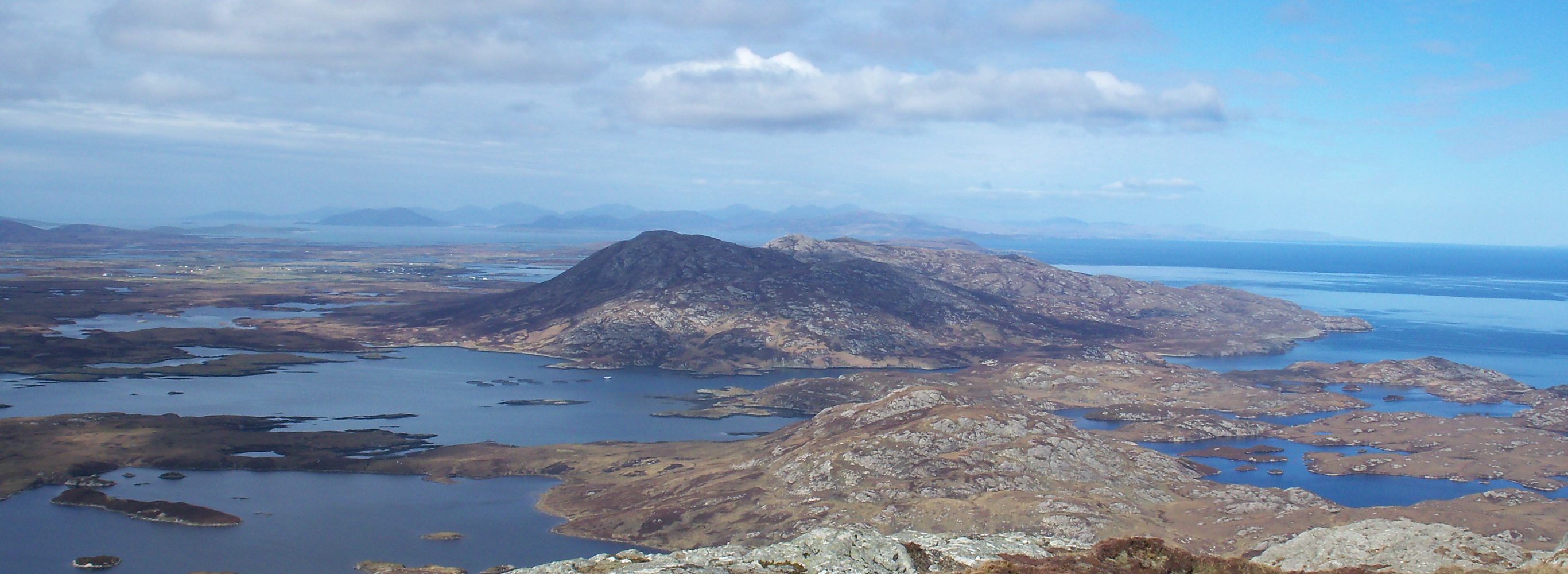
The Picts
The culture of the Pictish tribes who migrated to the islands is highly mysterious. Intriguingly, there is little evidence of their time in the Outer Hebrides, which is probably as a result of the Outer Hebrides being closer to the Irish and Scottish Dalriadic kingdom.
Pictish tribes were present across large parts of eastern Scotland and they evolved from the pre-existing Iron Age tribes between 500-600AD. On the islands archaeological evidence would suggest that Pictish culture, ideas, politics and fashions arrived from the power centres on mainland Scotland, influenced the islanders, and were accepted to some degree.
Although Pictish culture can be hard to identify in the everyday archaeological evidence of the islands, it is readily recognisable in burial styles. Pictish painted stones have been found in burials in the Outer Hebrides, and seem to denote people of high status, or mark significant events.
An unusual square burial cairn found at Kilphedar in South Uist, contained the body of a 40 year old Pictish woman which analysis shows was buried in around 700AD. Isotope testing shows that she was not originally from the Outer Hebrides, but may have been connected to the Orkney or Shetland Pictish people. This is one of only two such burials discovered in the Outer Hebrides and likely represents political alliances formed through marriage between aristocratic families from different areas.
